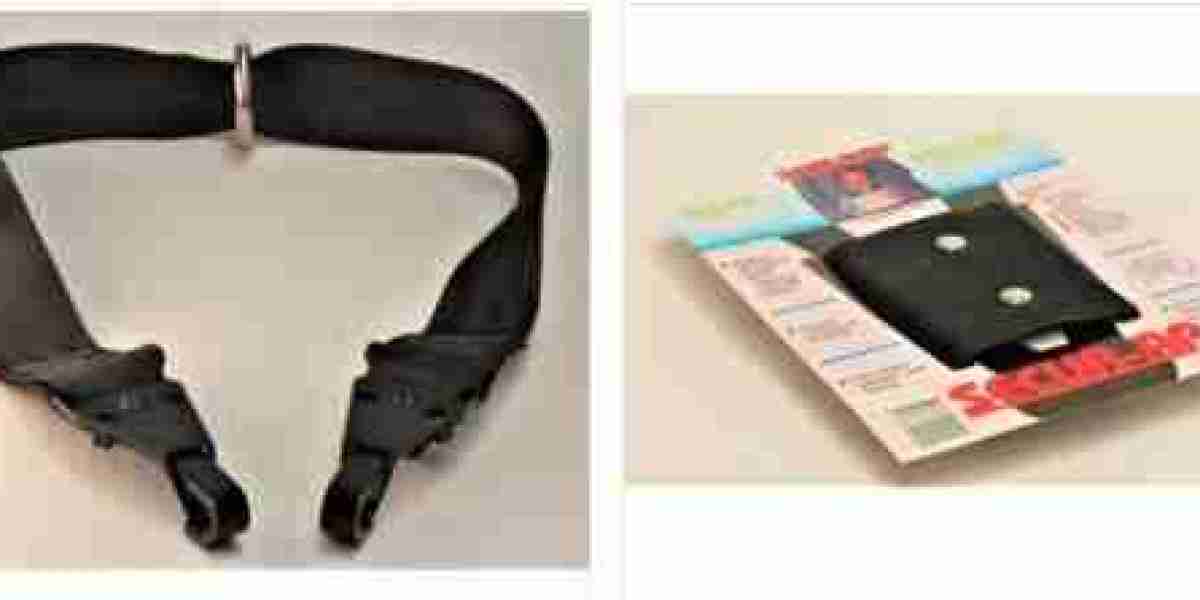When starting a project you are excited to get your hands on knitting needles, yarn, and a pattern. In your excitement, you simply cast on stitches and begin knitting and you’re you are done the project does not look like the pattern or does not turn out the same measurements. This is because you missed knitting a swatch. To knit a gauge swatch in the round, you will need a circular knitting needle or a set of double-pointed needles, your chosen yarn, and the corresponding knitting needles for that yarn.
Here's a step-by-step guide to knitting a swatch in the round:
Choose your yarn and knitting needles
Select the yarn and needles you intend to use for your project. Make sure they are appropriate for each other and follow the recommended needle size for your yarn.
Cast on stitches
Determine the number of stitches you need for your gauge swatch. Generally, the pattern or yarn label will provide the recommended gauge, which is usually given in terms of stitches and rows per inch or centimeter. Cast on enough stitches to create a swatch that measures at least 4 inches (10 cm) across.
Join in the round
Once you have cast on your stitches, make sure they are not twisted and join them in a circle. Be careful not to twist your stitches, as this will affect the integrity of your swatch. Knit the first stitch of the cast-on row to the last stitch to create a continuous round.
Knit the swatch
Continue knitting in the round using your desired stitch pattern, such as the stockinette stitch (knit every round) or the pattern stitch specified in your project. Make sure to maintain an even tension as you work.
Measure your gauge
After completing your swatch, lay it flat on a smooth surface. Use a ruler or a measuring tape to measure the number of stitches and rows within a 4-inch (10 cm) section of your swatch. Count the stitches and rows in the middle of your swatch to get the most accurate measurement.
Calculate your gauge
Compare the number of stitches and rows you measured with the recommended gauge for your project. If your stitch and row count match the recommended gauge, then you have achieved the desired gauge. However, if your stitch and row count differ, you will need to adjust your needle size accordingly.
Remember, blocking your swatch can also affect your gauge, so it's a good idea to wash and block your swatch before making any gauge adjustments.
By following these steps, you should be able to knit a gauge swatch in the round to ensure your project will turn out with the correct measurements.
If you are still undecided, in this blog we’ll walk you through 5 reasons to knit swatches in the round for a round-knit-project.
- It saves you time- If you’ve started with your project without a gauge you might have to rip it and restart if the measurement or look is not similar to the one you want. Restarting a garment is very disappointing as all the hard work and time invested goes down the drain. If your swatch is correct, you can get the stitches back on your knitting needles and continue knitting in the round.
- Understanding your yarn - Most yarns come from the store or LYS in a ball, cake, skein or hank. The label gives you information about the weight, shade and matching needle size. To understand your yarn, knitting a swatch is what you need. You will observe for yourself if the yarn sticks to the needle or slides through. If you can or cannot see the stitches through the fiber.
- Settle your tension - Knitting a gauge swatch will help you settle the tension. This also gives you enough practice to settle the tension for the project. If you are working with a new pair of knitting needles or new yarn, a round swatch is beneficial.
- Measure your gauge - If you have fewer stitches or more stitches than mentioned in the pattern, adjust the needle size with a smaller or bigger size till you get the desired count. Even when you are planning your own design and knitting without a pattern then with the measure of gauge you can calculate how many stitches you need to cast on, and the number of stitches for the entire project.
- Calculate the quantity of yarn - To get the yarn gauge, measure out a length of yarn and mark it with knots at both ends. Knit and count the number of stitches between the knots. Unravel the stitches and measure the length of the yarn. From here, do the math. Multiply from there and you will know the yarn quantity needed for a project. Don’t forget to add some length for the tail ends that you will be weaving in later.
Working with premium knitting needles guarantees a smooth crafting experience. So, choose right and explore the Lantern Moon Collection. The smooth ebony wood needles have a beautiful silken finish that serves carters of all skill levels.
Source by- https://www.ekademia.pl/@lanternmoonhandcrafted/post/how-to-knit-a-swatch-in-the-round



